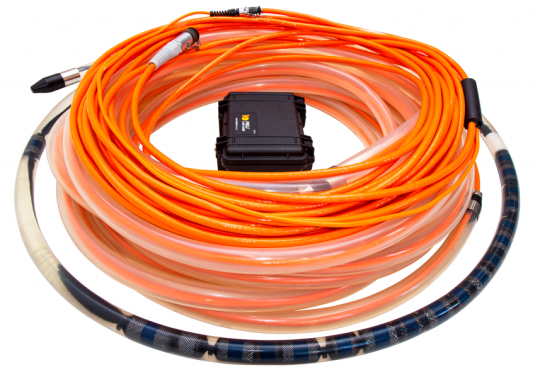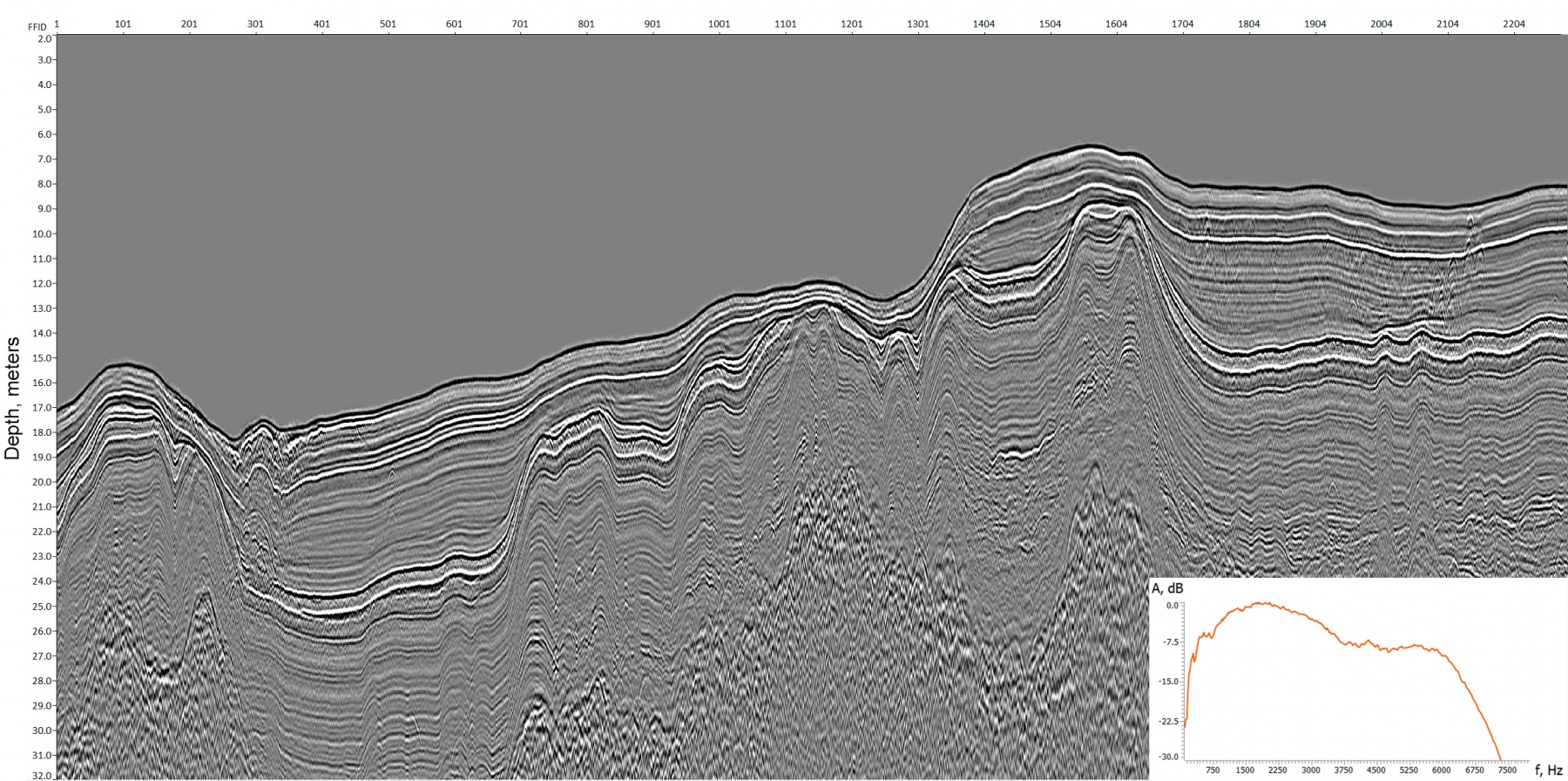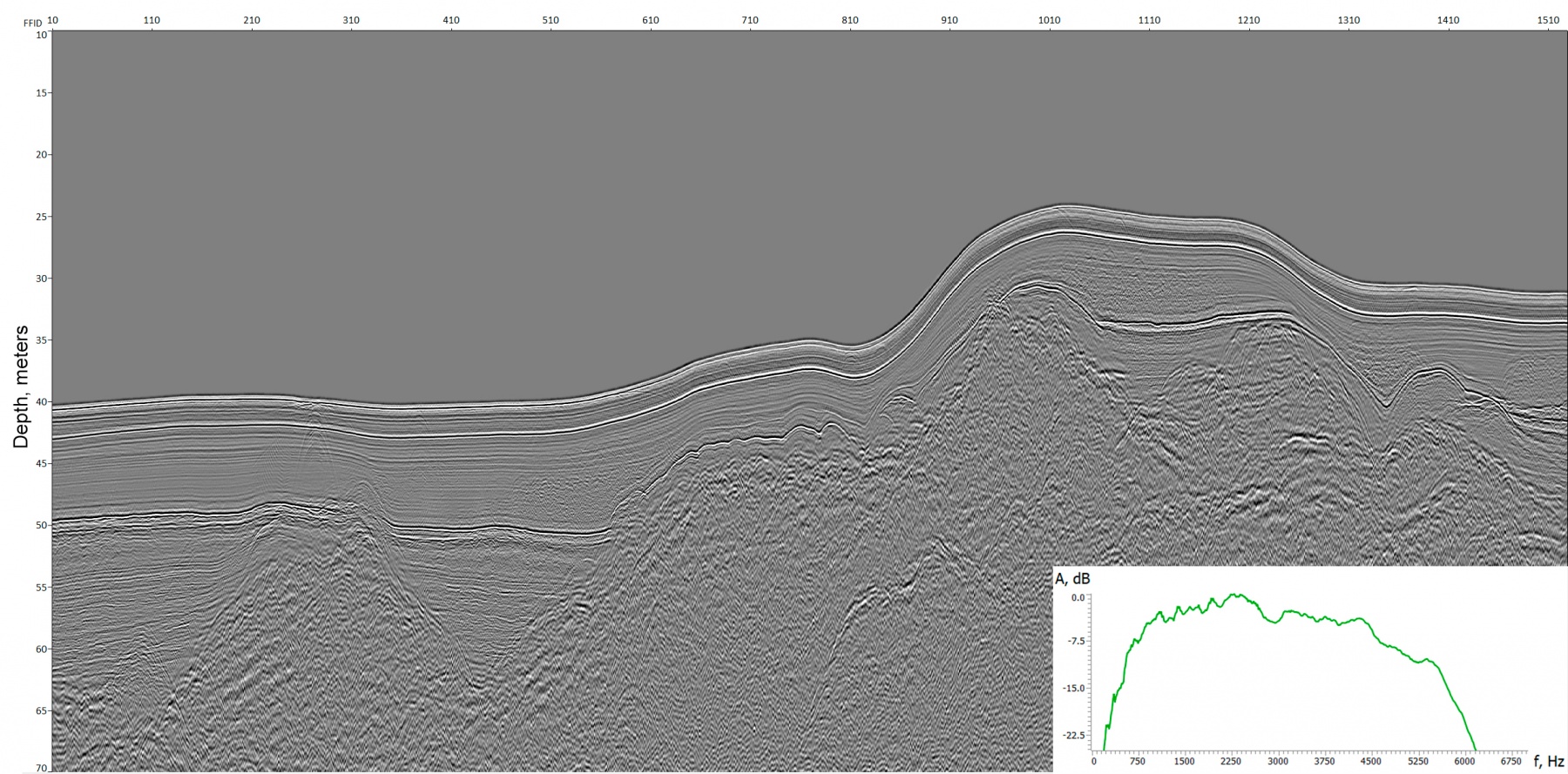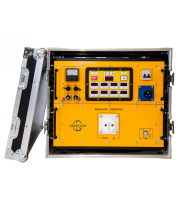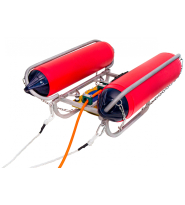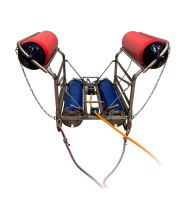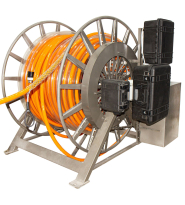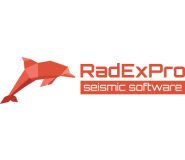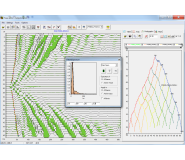Towed HRStreamer for high resolution and ultra-high resolution marine seismic
HRStreamer is an easy-to-operate seismic streamer, which perfectly suits for basic UHR/HR marine seismic surveys.
HRStreamer is protected from acceleration noises and allows to receive broadband signal in 10-10000Hz frequency range, which ensures registering the signal from UHR sources without any high frequency energy loses.
Main advantage of the streamer is it its flexibilty in terms of group adjustment. We designed unique streamer, which can be applied for wider depth range without lose of resolution comparing to traditional single-channel streamers.
We use 4 groups with variable length, starting from the pure single hydrophone group and ending up with 48 hydrophones per group. These groups receive signal separately and can be used on its own or/and stacked together to increase signal-to-noise ratio.
Single channel HRStreamer can be easily placed on a small boat and deployed/retrieved by a single person.
- Wide depth range application due to variable length of hydrophone groups
- Broadband signal registration: 10-10000 Hz
- Towed buoys with positioning system
- Noise acceleration protection
- Environmental and shipping friendly (non-flammable filler)
- Can be used with any HR/UHR source (sparker, boomer)
- Easy to operate and maintenance
- High-frequency seismic station
- Deck winch
- Towed buoys with positioning system
- Paravan for 3D system
- Towed sparkers and boomers with MultiJack energy sources
- Software for quality control and data processing
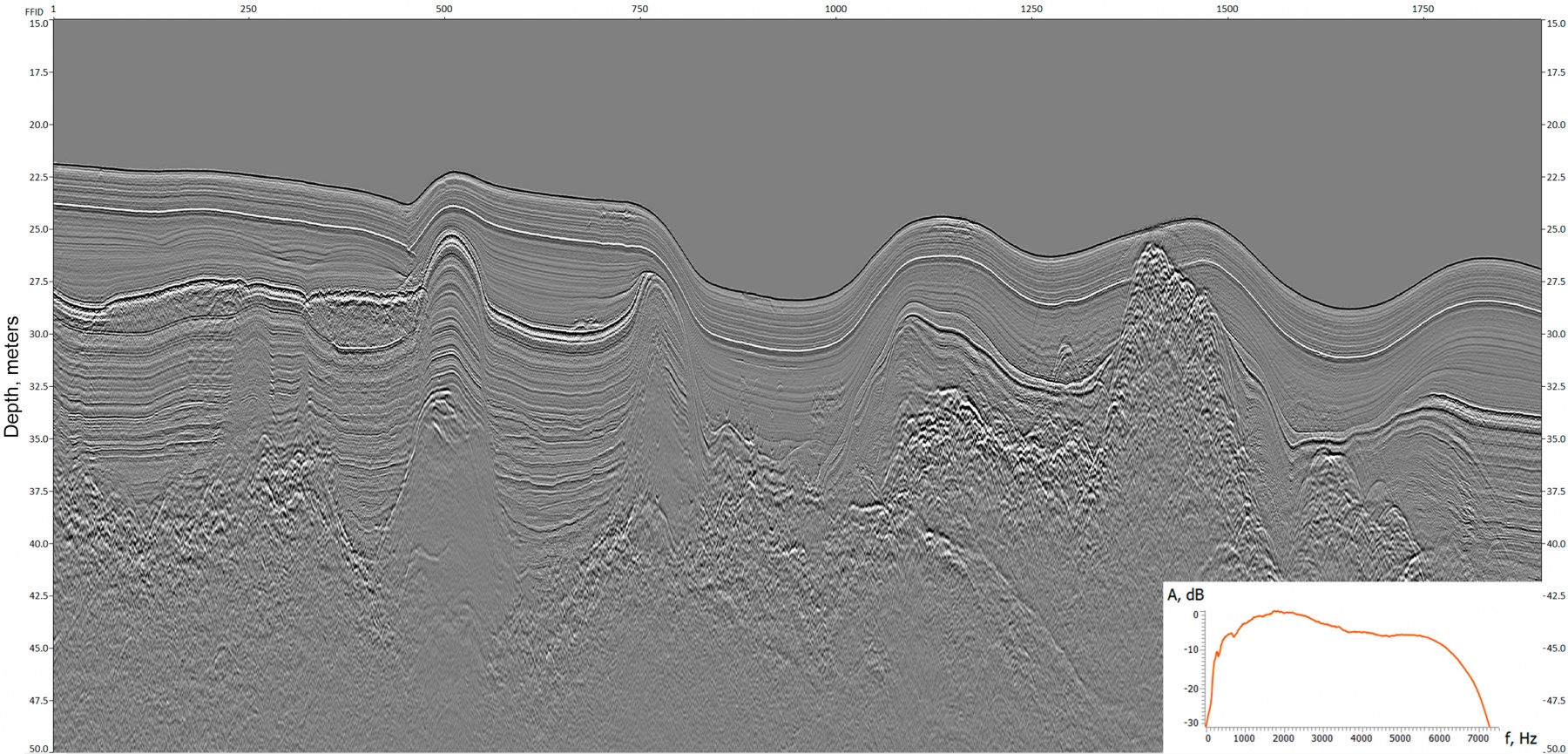
|
Cable system |
|
|
Type |
linear with preamplifiers |
|
Number of channels |
1-4 |
|
Channel spacing |
as agreed |
| End connector type |
as agreed |
|
External diameter |
32 mm |
|
Piezoelectric element |
|
|
Operating frequency range |
10 – 10 000 Hz |
|
Sensitivity |
180 uV/Pa |
|
Capacity |
4000 pF |
|
Maximum operating pressure |
40 atm |
|
Preamplifier |
|
|
Type |
low-noise asymmetric |
|
Gain |
6 dB |
|
Current consumption per channel |
10 mA |
|
Output impedance |
395 Ohm |
|
Supply voltage |
±12 V, bipolar |
|
Maximum output level |
±3.8 V |
|
RMS voltage of the intrinsic electrical noise, given by output, in the operating frequency band |
≤10 mkV |
|
Operation conditions |
|
|
Operating temperature range |
-10 ÷ +70 °С |
|
Storage temperature range |
-40 ÷ +70 °С |



